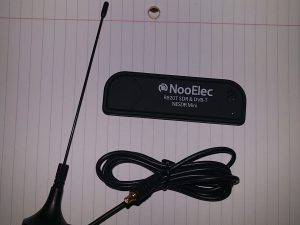Please note that some of the links below may be affiliate links. As an Amazon Associate, I earn from qualifying purchases.
As mentioned in the last blog post, this one will be about setting up a Raspberry Pi to monitor the network for potential malicious activity. Because knowledge of the device on the network is limited, any connectivity activity to the device’s listener ports should be investigated.
While this can be built in a VM or on repurposed hardware, the actions for the build are the same. However, for this, I’m going to build on a Raspberry Pi. I’ll provide some recommendations, but what you order is up to you. I like to have as many Gigabytes as possible for memory, but smaller ones should work.





